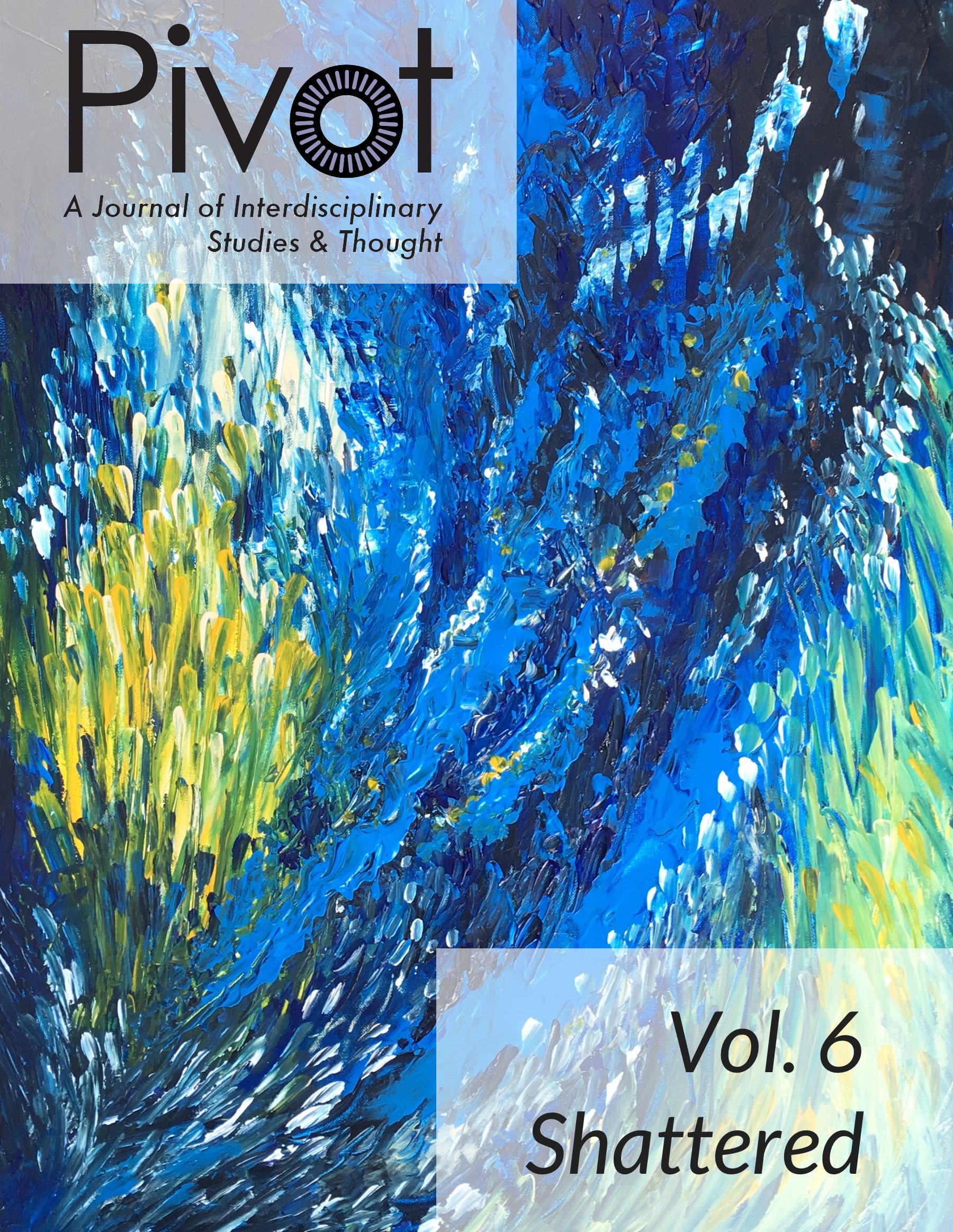Art in the Streets of a Shattered City
DOI:
https://doi.org/10.25071/2369-7326.40281Abstract
The world economy has detonated processes of re-territorialization in Latin American cities to favor their aspirations to be distinguished as global cities. The economical dynamics of globalization emerging from their public politics have increased social inequalities having their manifestations on one hand, in economical polarization of the urban area and on the other, in the gentrification and increasing social segmentation and fragmentation of the urban area. The result has been a new, socio-economically and culturally shattered geography of centrality and marginality with frictions between them having their manifestations in ourbreaks of contesting non-institutional creative and artistic practices of local communities and urban tribes, among them projects of art in the street and street art. These creative practices have been used by local urban communities as manifestations of civil resistance to denounce their marginalized situation and to demand major visibility in local public politics. In the framework of global creative economy thus, these illegitimate creative practices have been threatened by public politics favoring creative industries to convert them to new innovative cultural goods and services to impulse the production of aggregated value and through it, neutralize their contesting character. Thus, this paper analyses the cases of urban muralism in Xanenetla, Puebla, and street art in Cholula, Puebla, in order to study the impact of the dynamics of globalized economy on the local contesting culture and art as a fragmenting urban force.References
Armstrong, Justin. “The Contested Gallery: Street Art, Ethnography and the Search for Urban Understandings.” AmeriQuests: Narrative, Law and Society, vol. 2, no. 1, 2005, pp. 1–18.
Bennett, Tony. The Birth of the Museum: History, Theory, Politics. Routledge, 1995.
Burke, Kenneth. A Grammar of Motives. U of California P, 1969.
Drosterij, Gerard. “Art and Public Space.” LAPS: Research Institute for Art and Public Space, 2007, http://laps-rietveld.nl/?p=826.
Florida, Richard. The Rise of the Creative Class, Revisited. Basic, 2012.
Foster, Hal. “The ‘Primitive’ Unconscious of Modern Art.” October, vol. 34, 1985, pp. 45–70. DOI: https://doi.org/10.2307/778488
Foster, Hal. Recodings: Art, Spectacle, Cultural Politics. Bay, 1985.
Foster, Hal. The Return of the Real: The Avant-Garde at the End of the Century. MIT P, 1996.
Foster, Hal. “Recodificaciones: Hacia una noción de lo político en el arte contemporáneo.” Modos de hacer: Arte crítico, esfera pública y acción directa, edited by Paloma Blanco, Jesús Carrillo, Jordi Claramonte, and Marcelo Expósito, Universidad de Salamanca, 2001, pp. 95–126.
Gobierno Constitucional del Estado de Puebla. Periódico Oficial del Estado de Puebla, no. 19, sec. 2, 27 June 2017.
Harvey, David. Rebel Cities: From the Right to the City to the Urban Revolution. Verso, 2012.
Harvey, David. Spaces of Capital: Towards a Critical Geography. Routledge, 2001. DOI: https://doi.org/10.4324/9780203821695
Hughes, Robert. The Shock of the New: Art and the Century of Changes. Thames and Hudson, 1991.
Kurjenoja, Anne Kristiina, and Emilia Ismael. “Ciudad como imagen: Xanenetla, Puebla, México, la ‘Ciudad Mural.’” Revista Internacional de Ciencias Humanas, vol. 4, no. 2, 2015, pp. 263–80.
López Cuenca, Alberto. “La cultura edificante en Puebla: Arte y tragedia urbana, 2011–2017.” Mundo Nuestro, 17 July 2017, http://mundonuestro.mx/index.php/secciones/cultura/item/985-la-cultura-edificante-en-puebla-arte-ytragedia-urbana-2011-2017.
Mouffe, Chantal. “Artistic Activism and Agonistic Spaces”. Art and Research: A Journal of Ideas, Contexts and Methods, vol. 1, no. 2, 2007, http://www.artandresearch.org.uk/v1n2/mouffe.html.
Mouffe, Chantal. “For an Agonistic Public Sphere.” Democracy Unrealized: Documenta 11, Platform 1, edited by Okwui Enwesor et al., Hatje Cantz, 2002, pp. 87–97.
“Plan Municipal de Desarrollo, 2011–2014.” Gobierno Municipal Puebla, 4 Feb. 2014, http://www.pueblacapital.gob.mx/vi-planes-municipales-de-desarrollo/174-planes-municipales-de-desarrollo/3687-2011-2014-planes-municipales-dedesarrollo.
Rutten, Kris, An van Diederen, and Ronald Soetaert. “The Rhetorical Turn in Contemporary Art and Ethnography.” Critical Arts, vol. 27, no. 6, 2013, 627– 40. DOI: https://doi.org/10.1080/02560046.2013.867587
Sassen, Saskia. Cities in a World Economy. Sage, 2002.

